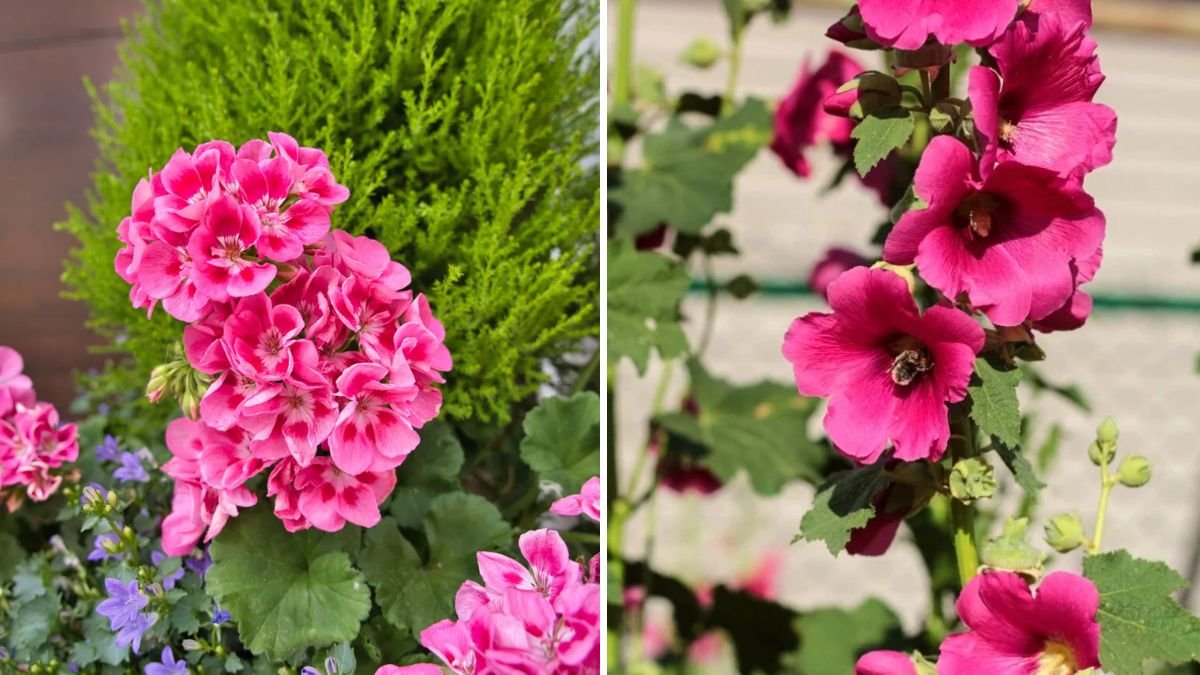Not every gardener has time to water daily, deadhead flowers regularly, or tend meticulously to garden beds. Fortunately, some flowers are naturally resilient, low-maintenance, and able to bloom even when neglected. These hardy plants are ideal for busy gardeners, beginners, or anyone seeking colorful, reliable blooms without intensive care.
This guide highlights six flowers that can survive neglect and still bloom, along with detailed tips for planting, care, and placement to maximize success in any garden.
1. Daylilies (Hemerocallis spp.)
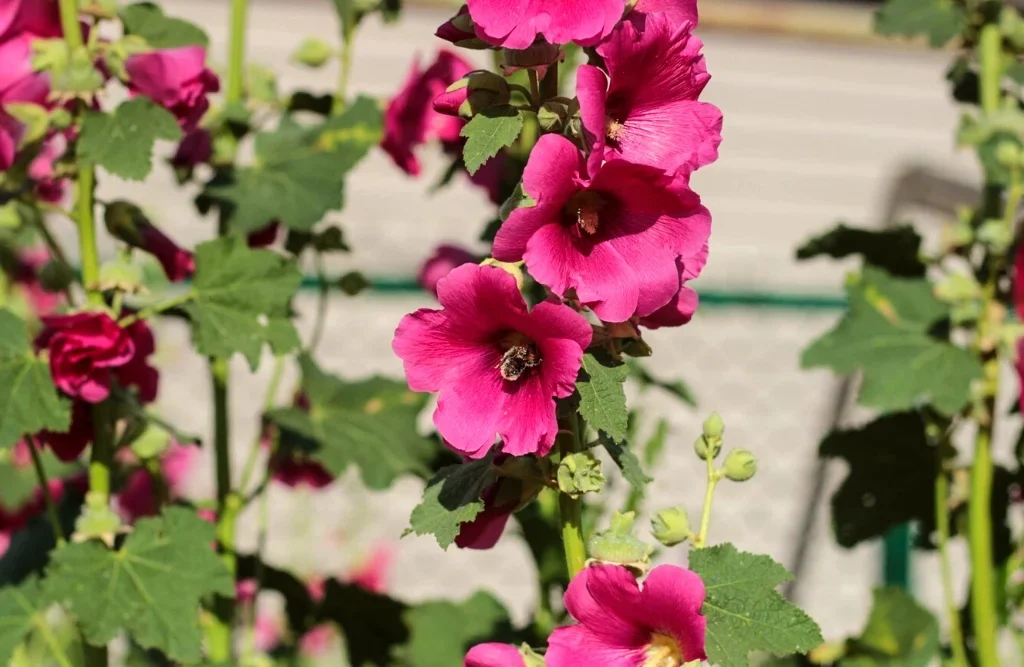
Why They’re Nearly Indestructible
- Daylilies are among the most resilient perennial flowers, thriving in a wide range of soil conditions and climates.
- They tolerate drought, poor soil, and minimal care, yet produce vibrant blooms in a variety of colors.
- Each flower lasts only one day, but each stem produces multiple buds, ensuring continuous flowering.
Care Tips
- Sunlight: Full sun to partial shade.
- Soil: Well-draining but adaptable to various soil types.
- Watering: Minimal once established; daylilies can survive dry spells.
- Maintenance: Remove spent flower stalks if desired, though not necessary for continued blooms.
Bonus: Daylilies are also pest- and disease-resistant, making them ideal for low-maintenance gardens.
2. Coneflowers (Echinacea spp.)
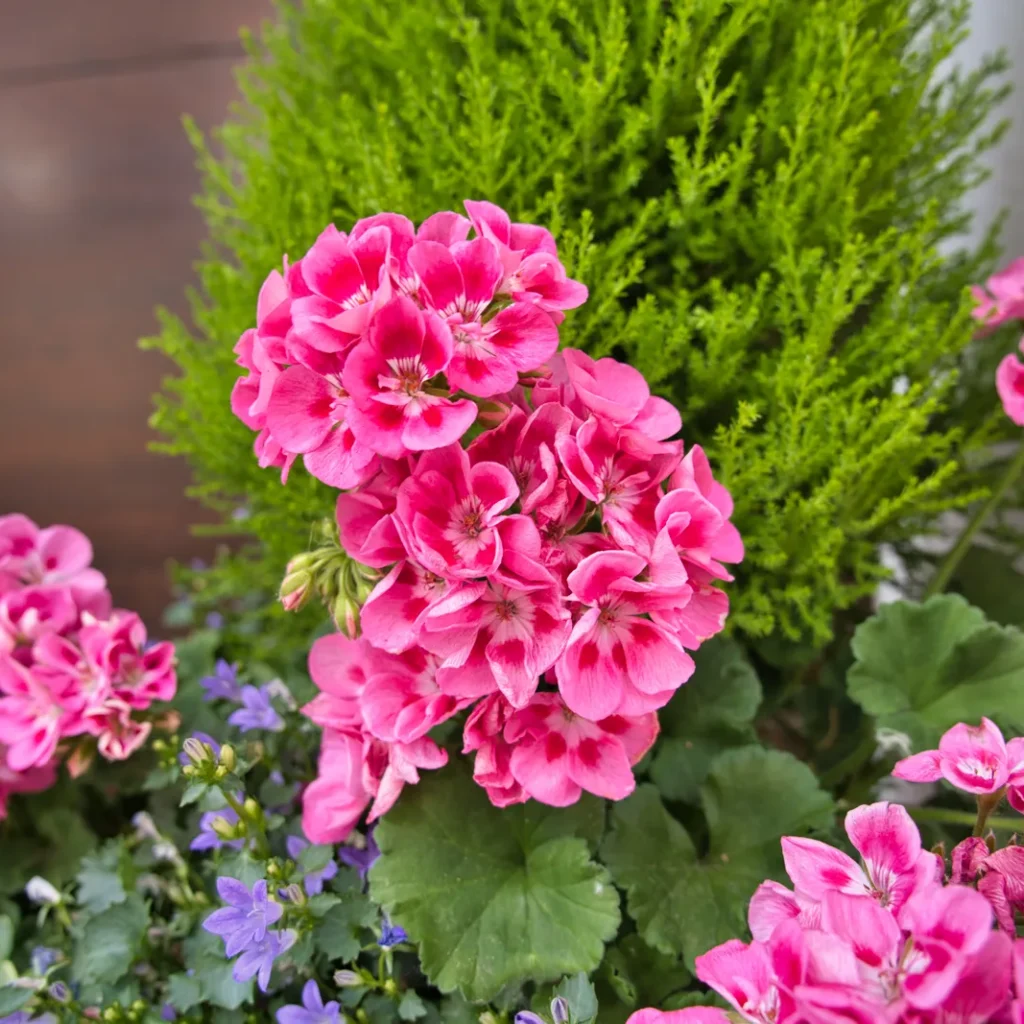
Why They’re Tough
- Coneflowers are drought-tolerant, hardy perennials that can thrive in poor soil.
- They produce long-lasting, daisy-like blooms in purple, pink, white, and yellow.
- Coneflowers are a magnet for pollinators like bees and butterflies, even with minimal care.
Care Tips
- Sunlight: Full sun for best flowering.
- Soil: Well-draining soil; tolerates poor or sandy soils.
- Watering: Minimal; established plants thrive without frequent watering.
- Maintenance: Deadhead to prolong blooms or allow seedheads to form for natural reseeding.
Bonus: Coneflowers can self-seed, ensuring future blooms with little gardener intervention.
3. Black-eyed Susans (Rudbeckia hirta)
Why They’re Resilient
- Black-eyed Susans are sturdy perennials or biennials known for bright yellow petals with a dark center.
- They tolerate heat, drought, and poor soil, making them ideal for neglected areas.
- Long bloom season from mid-summer to fall, providing consistent color with minimal attention.
Care Tips
- Sunlight: Full sun for robust flowering.
- Soil: Adaptable; prefers well-draining soil but tolerates less fertile conditions.
- Watering: Low; only water during extreme droughts.
- Maintenance: Deadheading is optional; seed heads attract birds in fall.
Bonus: Black-eyed Susans are low-maintenance wildlife-friendly flowers, supporting pollinators and birds.
4. Sedum (Stonecrop, Sedum spp.)
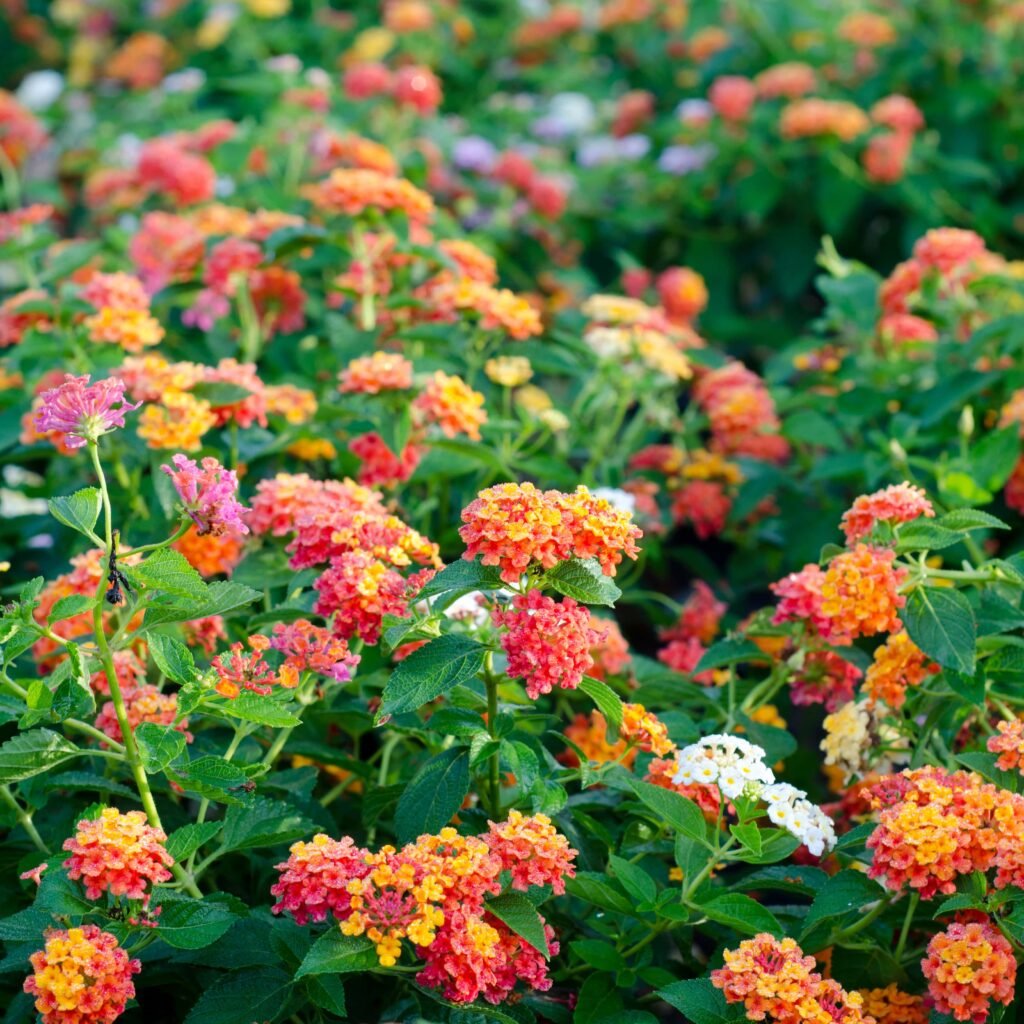
Why They’re Nearly Indestructible
- Sedums are succulent perennials that tolerate neglect, drought, and poor soil.
- They produce clusters of star-shaped flowers in pink, red, or yellow during late summer and fall.
- Excellent for rock gardens, borders, and containers, adding texture and late-season color.
Care Tips
- Sunlight: Full sun to partial shade.
- Soil: Well-draining, even sandy or rocky soil.
- Watering: Minimal; overwatering can harm succulents.
- Maintenance: Cut back in spring to encourage fresh growth; otherwise, they thrive independently.
Bonus: Sedums provide winter interest with foliage that persists in cold months.
5. Calendula (Calendula officinalis)
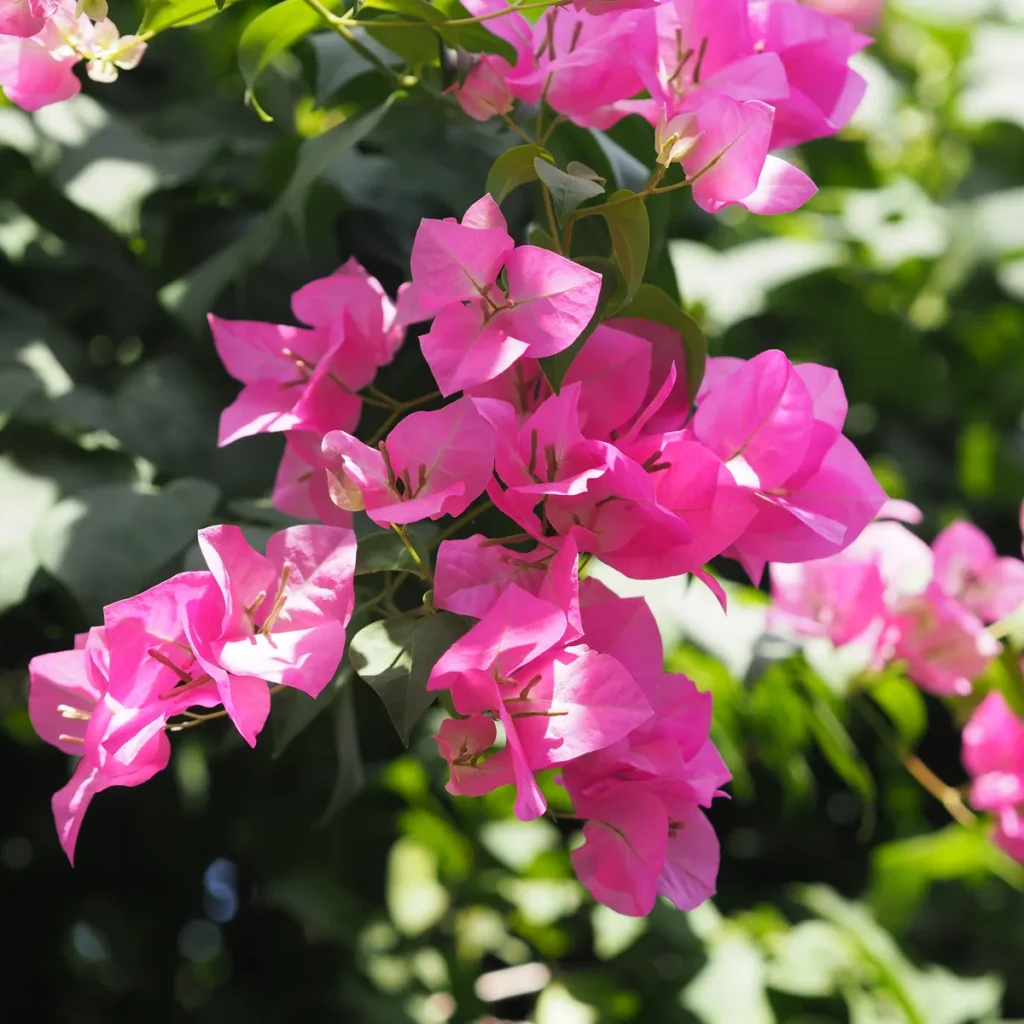
Why They Tolerate Neglect
- Calendula, also known as pot marigold, is a hardy annual that blooms abundantly even in poor soil.
- Produces bright orange or yellow flowers, attracting pollinators while resisting pests.
- Thrives in cooler weather, making it perfect for early spring or fall blooms.
Care Tips
- Sunlight: Full sun to partial shade.
- Soil: Adaptable; tolerates low-fertility soil.
- Watering: Minimal; water occasionally during dry periods.
- Maintenance: Deadheading is optional; plants will self-seed for future blooms.
Bonus: Calendula flowers are edible, suitable for teas, salads, or natural remedies, adding an extra benefit to low-maintenance planting.
6. Ice Plant (Delosperma spp.)
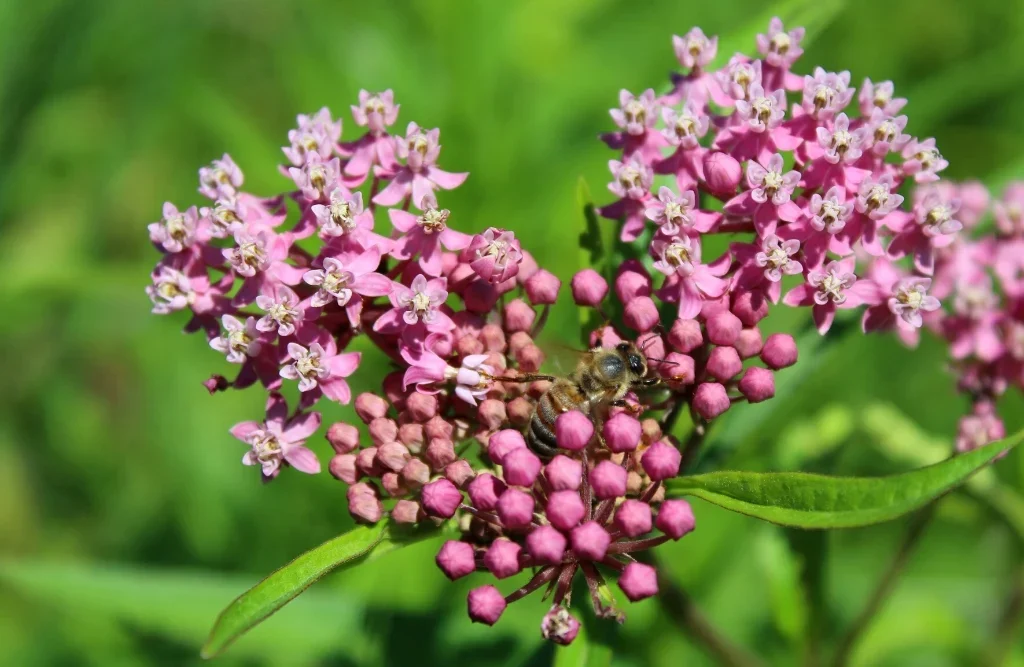
Why They’re Tough
- Ice plants are succulent perennials known for vibrant, daisy-like flowers that bloom in late spring through fall.
- Extremely drought-tolerant and able to withstand neglect while producing colorful displays.
- Ideal for rock gardens, slopes, and dry borders where other flowers might struggle.
Care Tips
- Sunlight: Full sun for abundant blooms.
- Soil: Very well-draining, sandy or rocky soil preferred.
- Watering: Minimal; overwatering can lead to root rot.
- Maintenance: Low; cut back spent stems if desired, but not necessary.
Bonus: Ice plants spread readily, creating a colorful groundcover effect even in harsh conditions.
Tips for Growing Low-Maintenance Flowers Successfully
- Plant in Suitable Conditions: Even hardy flowers perform best when matched to appropriate sunlight, soil type, and moisture levels.
- Group by Watering Needs: Place drought-tolerant flowers together to avoid overwatering.
- Use Mulch Sparingly: Mulching can reduce water loss, but avoid over-mulching succulent species like Sedum or Ice Plant.
- Allow Self-Seeding: Many low-maintenance flowers, like Coneflowers and Calendula, produce seeds that naturally reseed, ensuring future blooms.
- Avoid Overfertilizing: These hardy flowers thrive in less fertile soil; excess fertilizer can weaken plants or reduce flowering.
- Minimal Deadheading: While deadheading can prolong blooms, these flowers will continue flowering even without intervention, perfect for gardeners who want a “plant and forget” approach.
Benefits of Planting Resilient Flowers
- Time-saving: Perfect for busy gardeners who cannot dedicate daily care.
- Cost-effective: Reduced need for fertilizers, pesticides, and frequent watering.
- Environmental advantage: Hardy flowers are often drought-tolerant and pest-resistant, supporting sustainable gardening practices.
- Wildlife-friendly: Many of these flowers attract pollinators and birds, creating a thriving garden ecosystem.
- Reliable blooms: Even when neglected, these plants provide consistent seasonal color, enhancing garden aesthetics.
Creative Ways to Use Low-Maintenance Flowers
- Borders and Edges: Daylilies, Coneflowers, and Black-eyed Susans create colorful, low-care borders.
- Containers and Pots: Sedum and Ice Plant are perfect for rocky containers or raised planters.
- Meadow or Naturalized Gardens: Calendula and Coneflowers blend well into naturalized garden areas that require minimal upkeep.
- Pollinator Gardens: Plant Swathes of these flowers to attract bees, butterflies, and hummingbirds without intensive gardening effort.
- Groundcover and Slopes: Sedum and Ice Plant stabilize soil, reduce erosion, and add color in dry, neglected areas.
Conclusion: Beauty Without Constant Care
Gardens don’t need constant attention to be beautiful. By choosing Daylilies, Coneflowers, Black-eyed Susans, Sedum, Calendula, and Ice Plant, gardeners can enjoy vibrant blooms, texture, and seasonal interest even with minimal care.
These hardy flowers are forgiving, adaptable, and resilient, thriving in a variety of soils, weather conditions, and sunlight exposures. Whether you’re a busy professional, beginner gardener, or simply want a low-maintenance garden, these six flowers ensure your outdoor spaces remain colorful, inviting, and full of life.
By understanding their specific needs and placing them in suitable locations, even the most neglectful gardener can achieve a stunning, reliable floral display year after year. These flowers prove that beauty in the garden doesn’t always require constant attention—just the right choice of resilient, hardworking plants.
